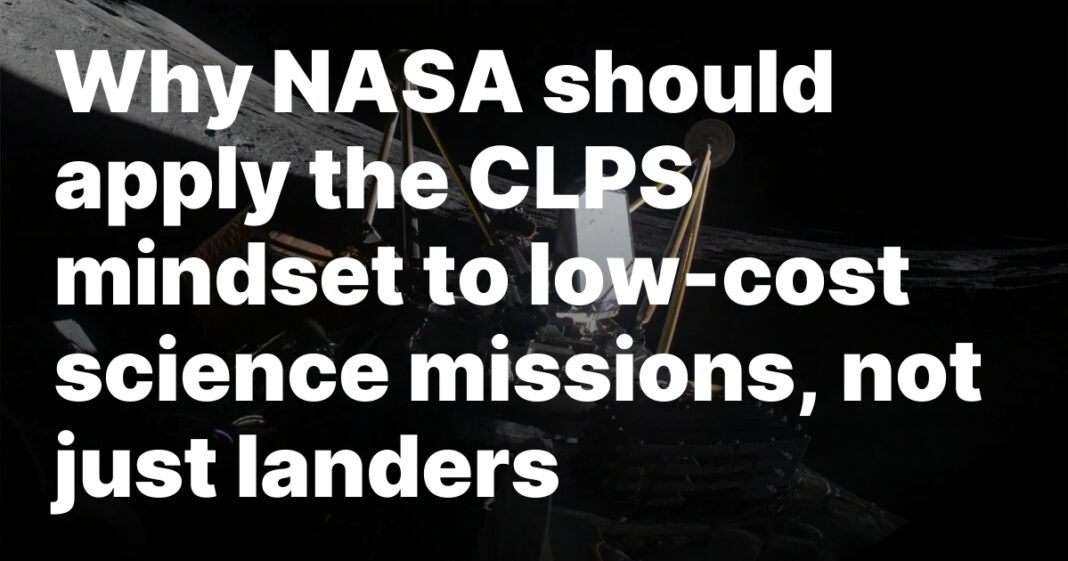## Could the Moon’s New Frontier Fuel Scientific Breakthroughs on a Shoestring Budget? NASA’s Commercial Lunar Payload Services (CLPS) program has revolutionized lunar exploration, offering a cost-effective way to get scientific instruments to the Moon’s surface. But what if this groundbreaking “lean” approach wasn’t just limited to landers? Imagine a future where smaller, more agile science missions, bursting with innovation and driven by a “CLPS mindset,” become the norm. Could this be the key to unlocking a treasure trove of unexplored scientific mysteries in our solar system and beyond? This article dives into the potential of applying the CLPS model to low-cost science missions, exploring how this shift could usher in a new era of accessible and impactful space exploration.
Evaluating Instruments and Missions
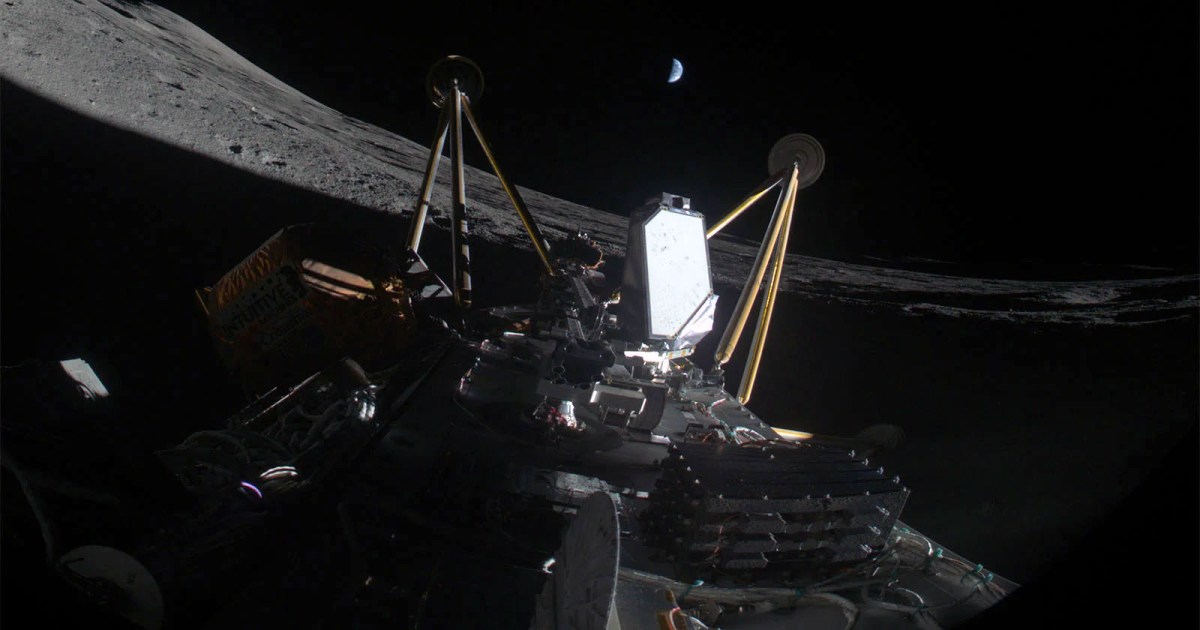
The evaluation process for instruments and missions proposed to low-cost programs is no different from those proposed to higher-cost programs. If a science question is deemed valuable enough to fund, it should not be diminished by the mission’s cost or risk profile.
In other words, the science questions themselves aren’t inherently low- or high-cost, the cost primarily factors into the way the mission is implemented. This is crucial to understand, especially when considering the CLPS mindset and its application to low-cost science missions.
Low-cost missions or instrument opportunities are offered through NASA’s PRISM (Payloads and Research Investigations on the Surface of the Moon), PRISM SALSA (Payloads and Research Investigations on the Surface of the Moon: Stand Alone Landing Site Agnostic) and the SIMPLEx (Small Innovative Missions for Planetary Exploration) programs.
Investigations proposed to these calls must address critical scientific questions identified by the planetary science community itself, outlined in guiding documents like the Planetary Decadal Survey or community-defined science exploration objectives.
The evaluation of instruments and missions proposed to higher-cost, more risk-averse programs, like New Frontiers or Discovery (typically Class A) is no different from a low-cost mission.
Whether it’s a small Class D mission or a large flagship Class A mission, if the science questions a mission addresses are deemed valuable enough to fund, the importance of getting answers to those questions shouldn’t diminish just because the mission was implemented on a low-cost platform.
And especially not if the mission or instrument encounters setbacks or achieves partial success. By adopting the CLPS mindset, we can ensure that science missions are evaluated based on their scientific merit, regardless of their cost or risk profile.
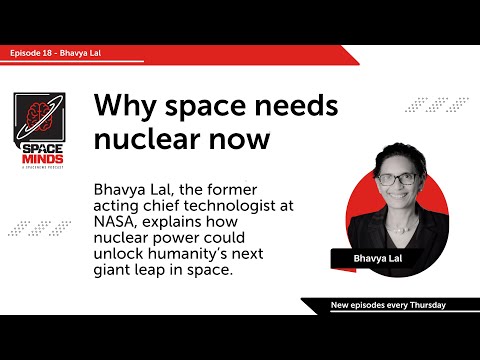
Applying the CLPS Mindset to Low-Cost Science Missions
Pursuing scientific exploration through multiple smaller, lower-cost missions can be more cost-effective than relying solely on one large Flagship or Discovery-class mission.
This approach is not new, but it’s one that has been largely overlooked in favor of more traditional, risk-averse methods. However, with the success of the CLPS model, it’s time to reconsider the benefits of an iterative approach to scientific exploration.
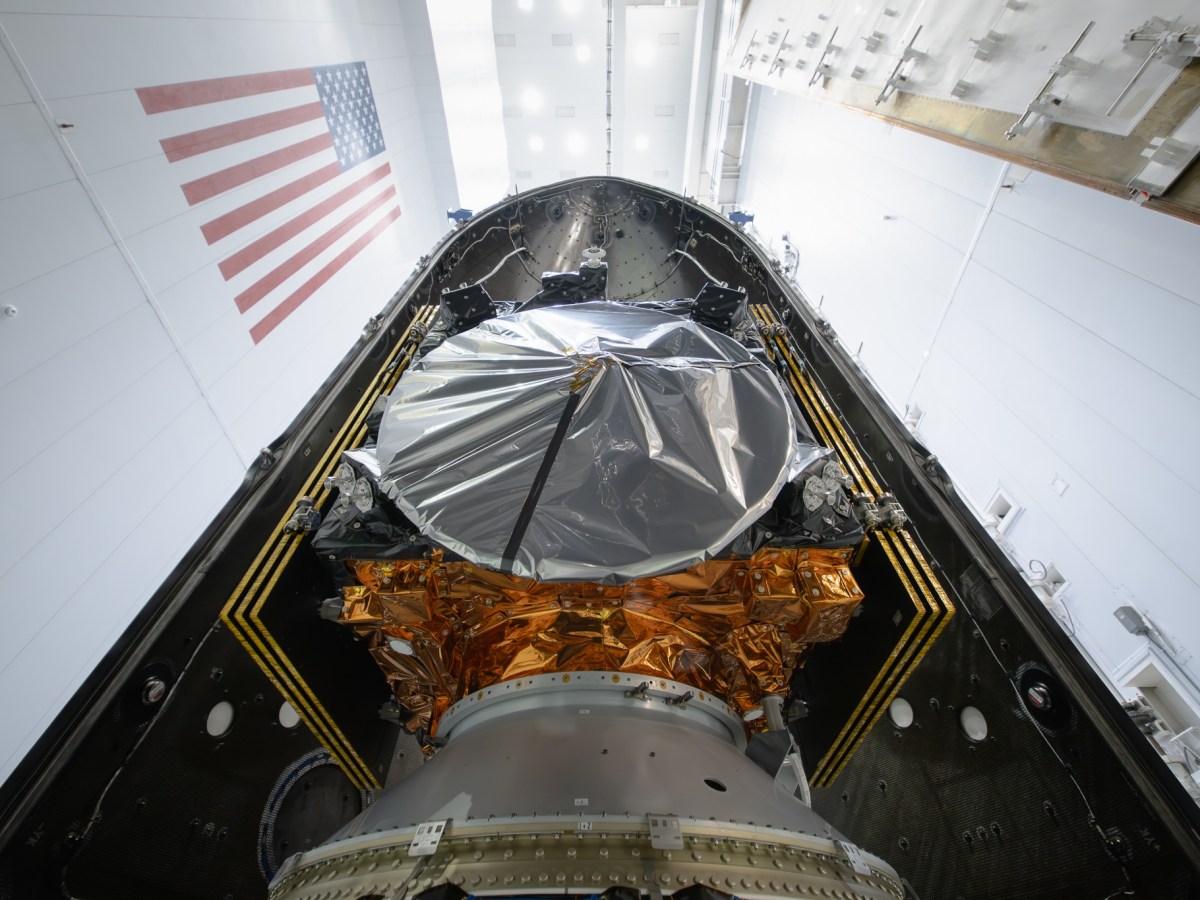
Cost-Effective Mission Strategies
One of the key benefits of the CLPS mindset is its focus on cost-effective mission strategies. By breaking down large missions into smaller, more manageable pieces, we can reduce the overall cost and risk of the mission.
This approach allows us to pursue multiple scientific objectives simultaneously, increasing the overall return on investment and accelerating our understanding of the universe.
For example, the PRISM-SALSA solicitation has taken a positive step towards encouraging iterative approaches by asking proposers to estimate the cost of rebuilding their payloads in the event of a repeat flight.
This cost is currently outside the solicitation’s cap, but making this type of planning a more central and supported element of future solicitations would be an excellent way to build resilience and continuity into the low-cost science pipeline.
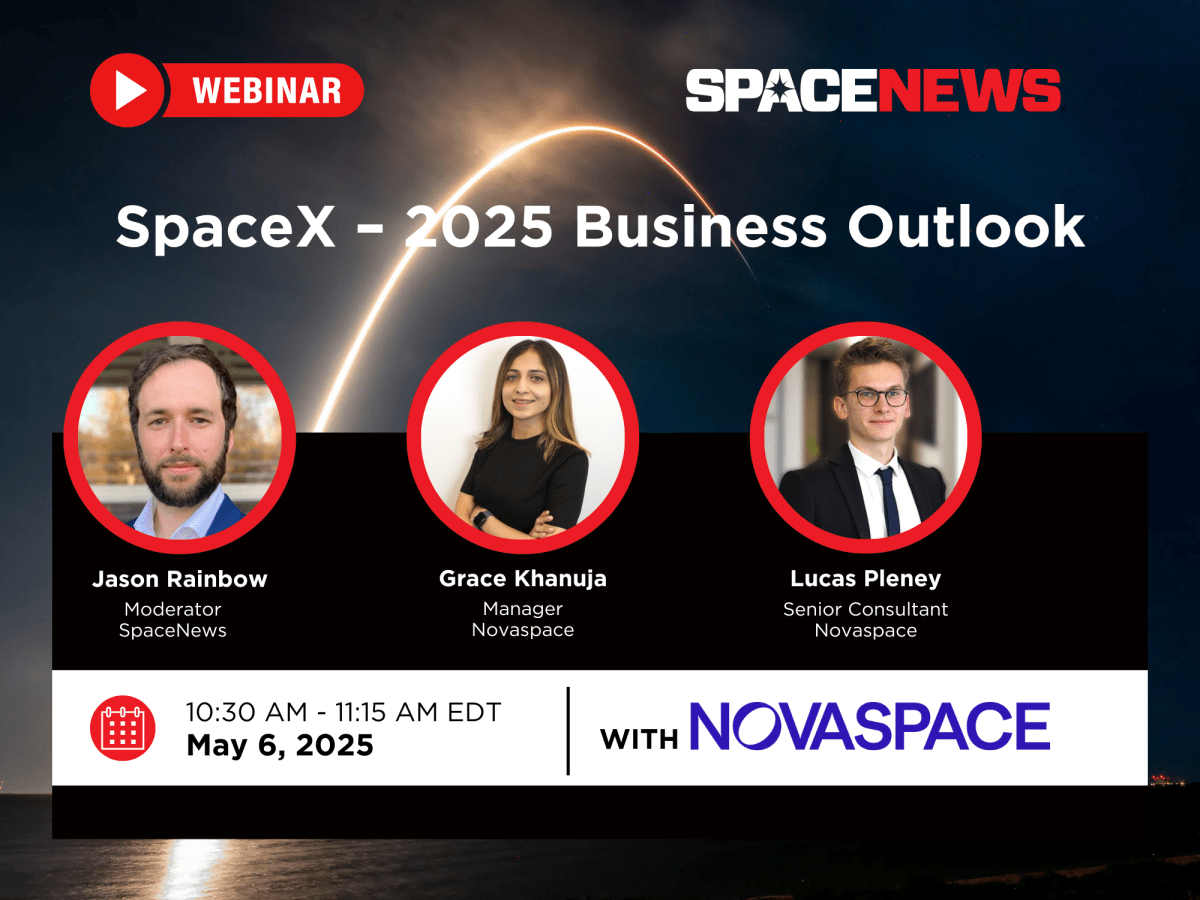
Iterative Models for Success
Implementing an iterative model that incorporates optional reflights, spare hardware, or collaborating with partners for cost-effective secondary flight opportunities can help reduce risk and increase the chances of success.
This approach is not unlike the CLPS model, which has proven successful in its ability to reduce risk and increase the chances of success through iterative reflights and spare hardware.
By adopting this approach, we can ensure that our science missions are not only cost-effective but also resilient and adaptable to changing circumstances.

The Future of Low-Cost Science Missions
Making planning for repeat flights a central element of future solicitations would be an excellent way to build resilience and continuity into the low-cost science pipeline.
By doing so, we can ensure that our science missions are not only cost-effective but also adaptable to changing circumstances and resilient in the face of setbacks or partial success.
Building Resilience and Continuity
Building resilience and continuity into the low-cost science pipeline is essential for advancing our understanding of the universe.
By adopting the CLPS mindset and its focus on iterative approaches, we can ensure that our science missions are not only cost-effective but also resilient and adaptable to changing circumstances.
This approach is not only beneficial for the science community but also for NASA and the taxpayers who fund these missions.
By investing in low-cost science missions that are designed to be resilient and adaptable, we can ensure that our return on investment is not only scientific but also financial.
Balancing Risk and Cost
Finding a balance between taking risks and being cautious is essential for advancing our understanding of the universe.
The CLPS mindset can help scientists and engineers navigate this balance and achieve their mission objectives.
By adopting an iterative approach and focusing on cost-effective mission strategies, we can reduce the overall risk of the mission while still achieving our scientific objectives.
This approach is not only beneficial for the science community but also for NASA and the taxpayers who fund these missions.
By investing in low-cost science missions that are designed to be resilient and adaptable, we can ensure that our return on investment is not only scientific but also financial.
The Importance of Collaboration
Collaboration between scientists, engineers, and partners is crucial for developing cost-effective and successful low-cost science missions.
By working together, we can share resources, expertise, and risk, reducing the overall cost and increasing the chances of success.
This approach is not only beneficial for the science community but also for NASA and the taxpayers who fund these missions.
By investing in low-cost science missions that are designed to be resilient and adaptable, we can ensure that our return on investment is not only scientific but also financial.
Furthermore, collaboration can help to build trust and foster a sense of community, essential for advancing our understanding of the universe.
By working together, we can achieve more than we could alone, and our science missions can benefit from the collective expertise and resources of the scientific community.
Conclusion
Conclusion: Unlocking the Full Potential of Low-Cost Science Missions
In our analysis of the article “Why NASA should apply the CLPS mindset to low-cost science missions, not just landers – SpaceNews,” we explored the compelling case for NASA to adopt the Commercial Lunar Payload Services (CLPS) approach to its low-cost science missions. The key takeaways from this discussion are clear: the CLPS model has proven its efficacy in reducing costs while delivering valuable scientific returns, and its application to other areas of space exploration can yield significant benefits. By leveraging the CLPS mindset, NASA can not only optimize its lander missions but also unlock new opportunities for low-cost science missions in the vast expanse of space.
The implications of this approach are far-reaching and multifaceted. By embracing the CLPS mindset, NASA can break free from the constraints of traditional, expensive mission architectures and tap into the innovative spirit of the private sector. This, in turn, can lead to a new era of space exploration, where science and discovery are driven by creativity and resourcefulness rather than budget constraints. As we look to the future, it is clear that the possibilities are endless, and the potential for breakthroughs is immense. By embracing the CLPS mindset, NASA can not only advance our understanding of the universe but also inspire a new generation of space explorers and scientists.
As we venture into this new frontier, we are reminded that the true potential of space exploration lies not in the technology or the budget, but in the boundless imagination of humanity. By embracing the CLPS mindset, NASA can unlock the full potential of low-cost science missions and propel us toward a future where the cosmos are within our grasp. As we embark on this remarkable journey, we are left with a profound question: what secrets will we uncover when we apply the CLPS mindset to the vast expanse of space, and what wonders will we discover when we dare to dream big?
